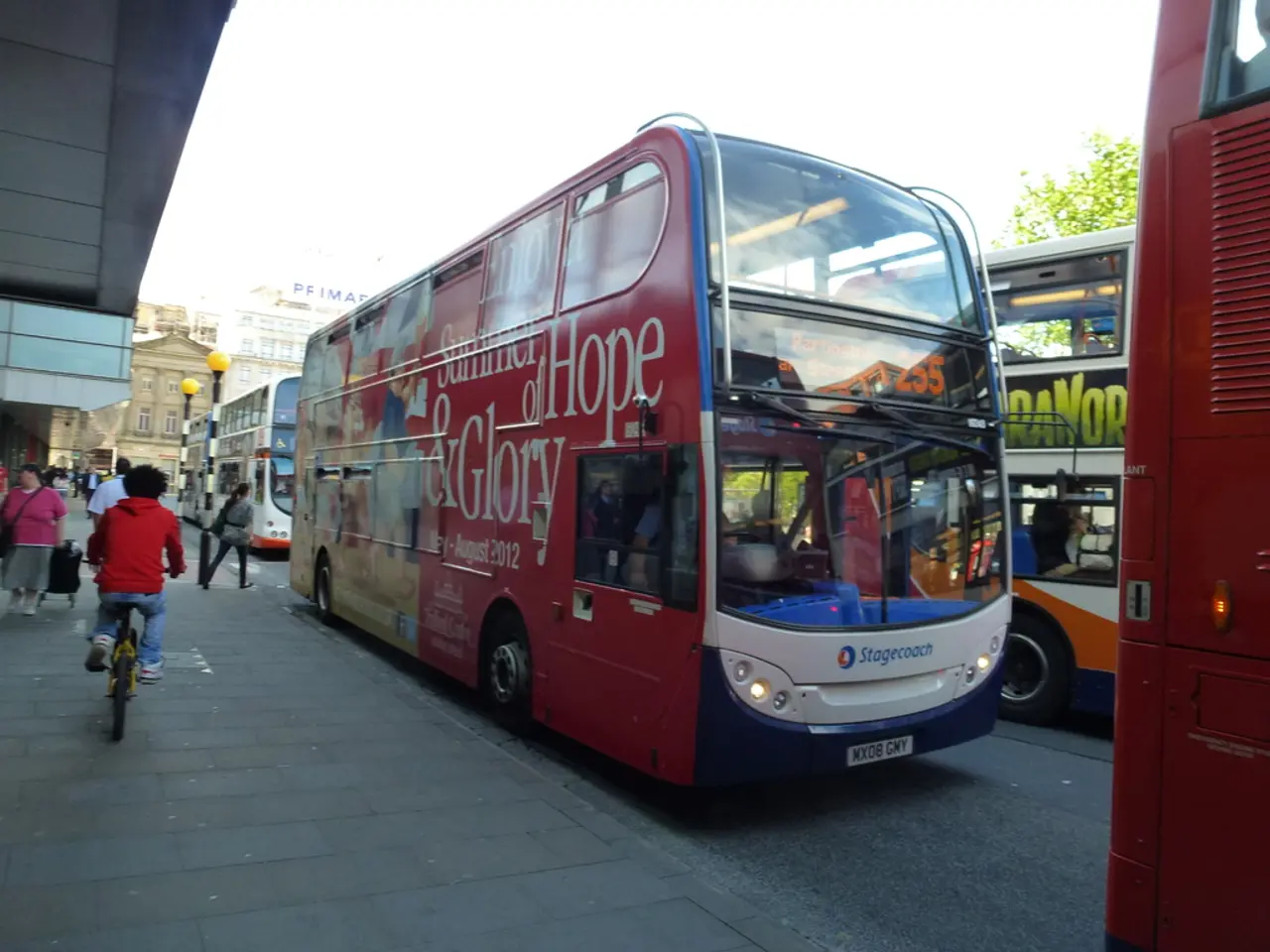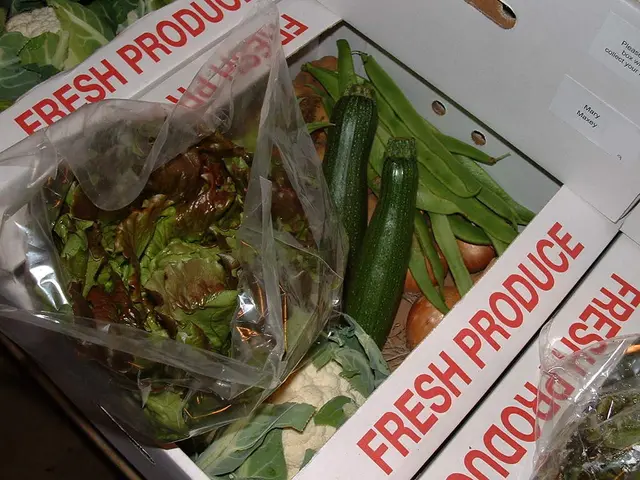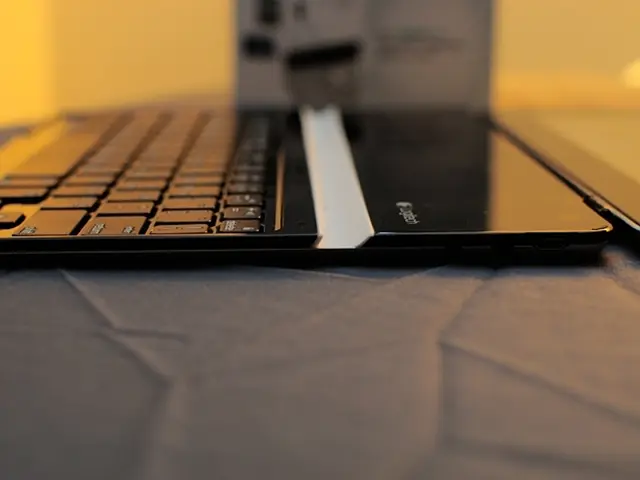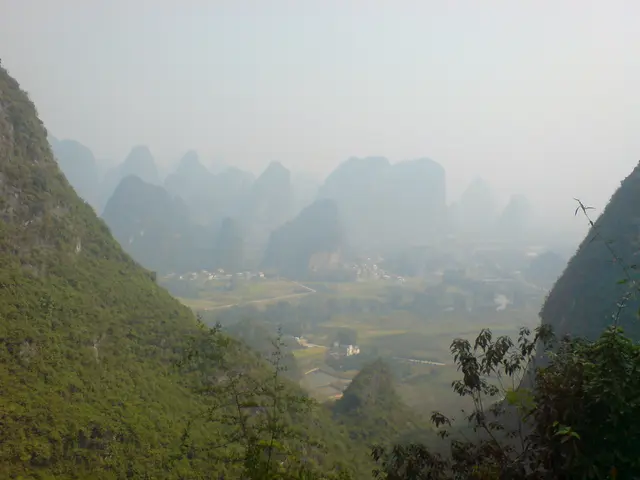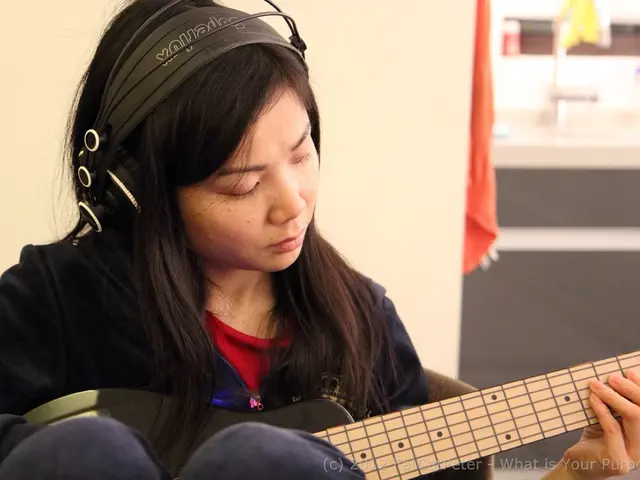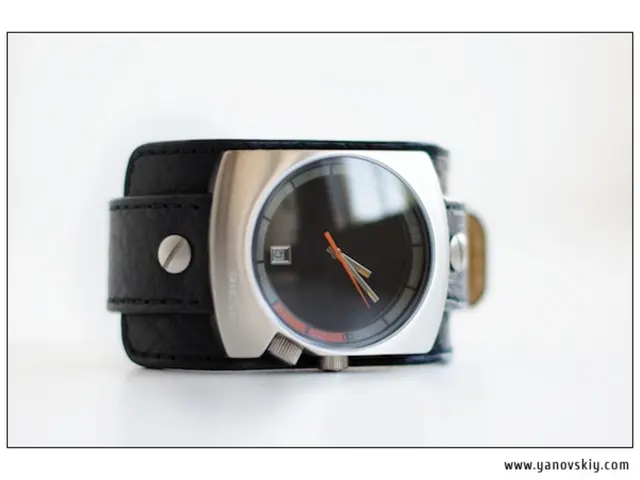Turning undesirable 'zombie paths' into a lengthy 8.6-mile bike and pedestrian-friendly greenway for North Jersey
The Essex-Hudson Greenway project, initially named the "Iron and Ice Trail" by its advocates, is set to revolutionize New Jersey's urban and suburban communities. Named for the two principal commodities that freight trains originally carried on the Boonton Line, this ambitious initiative aims to provide environmental benefits to eight towns, including Newark, Jersey City, and Montclair.
The greenway, purchased from Norfolk Southern Corporation, is an 8.6-mile bike-and-walk path that will occupy a 100-foot-wide railroad right of way. It features a dual-use path for running and cycling, and a separate walking path among trees and plantings. The first phase, a mile-long stretch in Newark's North Ward, is estimated to take 18 months to complete.
The project, which will create 135 acres of new green space, has faced skepticism in the past. However, after 15,000 letters and emails to the governor's office and lobbying by the mayors of involved municipalities, the project is now underway.
One of the key environmental benefits of the Essex-Hudson Greenway is its role as a wildlife corridor and natural habitat, enhancing biodiversity and ecological connectivity across urban landscapes. By offering a wide path for non-motorized transportation, it also encourages a shift away from cars, decreasing emissions and air pollution in the region.
The greenway repurposes abandoned infrastructure into a sustainable, multi-use trail, promoting outdoor recreation and healthier lifestyles while mitigating urban heat island effects by adding tree canopy and vegetation cover. It also crosses important waterways such as the Passaic and Hackensack rivers, potentially contributing to improved waterway protection and stormwater management through natural landscaping and buffers.
Importantly, the project promotes equity in access to nature by providing underserved urban and suburban communities with safe, accessible green spaces and transportation corridors, which are often lacking in dense city areas.
Key figures such as Gov. Phil Murphy, who plans to run on the Essex-Hudson Greenway with First Lady Tammy Murphy after his second term ends in January 2022, and State Sen. Theresa Ruiz, have championed the project's benefits for urban families in need of open space. Murphy even compared the Essex-Hudson Greenway to the High Line in New York City, a popular pedestrian thoroughfare that has spurred economic development in surrounding neighborhoods.
Essex County Commissioner Brendan Gill stated that the Essex-Hudson Greenway will address the issue of segregation in the state by encouraging interaction between communities. Newark City Council President C. Lawrence Crump, South Ward Councilman Patrick Council, and Councilman-at-large Luis Quintana were thanked by State Sen. Theresa Ruiz for their early advocacy of the project.
The Essex-Hudson Greenway represents a groundbreaking conservation and transportation initiative that revitalizes urban land into a continuous ecological and recreational asset, fostering environmental sustainability and community well-being.
- The Essex-Hudson Greenway, once completed, will provide a unique opportunity for outdoor-living, offering a bike-and-walk path that once served as a railroad right of way, now repurposed as a dual-use path for running and cycling, and a separate walking path among trees and plantings.
- By encouraging a shift away from cars, the greenway is set to contribute significantly to the environmental-science goals of reducing emissions and air pollution, as it promotes a healthier lifestyle that aligns well with the principles of science and overall lifestyle changes.
- The Essex-Hudson Greenway, with its potential for improved waterway protection and stormwater management, has the ability to positively impact home-and-garden landscapes and initiatives, creating a more harmonious and sustainable living environment while enhancing the broader ecological connectivity of urban and suburban communities.
